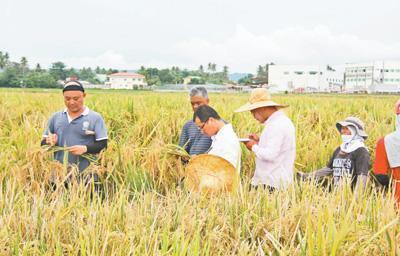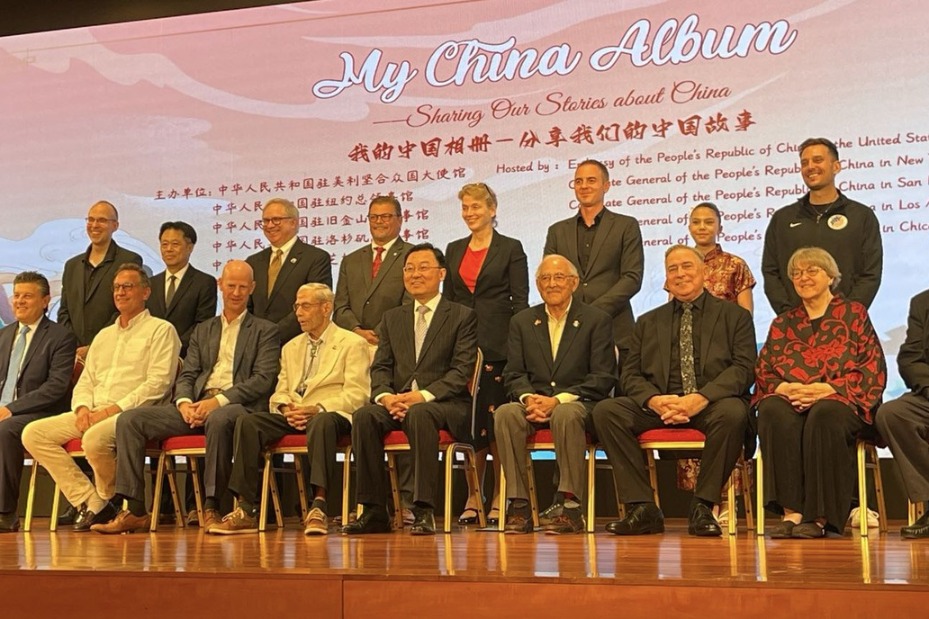Hybrid rice promises stable food supply for Philippines
By FENG ZHIWEI/WANG XIAOYU | China Daily | Updated: 2019-03-19 10:08

Success, according to Chinese wisdom, depends on good timing, a favorable location and human harmony. These elements have gradually come into play during two decades of agricultural cooperation between China and the Philippines and help safeguard the latter's food security.
Hybrid rice, the crossbred strain that brings stronger resistance to disease and insects and delivers higher yields, was created by China's leading agriculture scientist Yuan Longping in 1974, and approved for mass planting in China in 1996. As of 2015, more than half the country's rice farms had been sown with hybrid strains.
The technology has helped boost domestic rice production capacity and drawn inquisitive eyes from neighboring countries that also consume rice as staple food, according to Huang Dahui, deputy director of the Longping High-Tech Training Institute.
"In 2000, the average rice production per hectare in the Philippines had leveled out at about 4 metric tons. The productivity was estimated to at least double if local farmers switched to hybrid seeds," he said.
According to the Philippines' statistics bureau, the country once imported nearly 2 million metric tons of rice to meet its domestic demands, despite having about 4 million hectares for planting.
A critical moment came as Lim Bon Liong, a Chinese-Filipino and entrepreneur, caught wind of the rising hybrid rice technology and traveled to China in pursuit of self-sufficiency that could fend off hunger in his home country.
"Eventually, Lin's visit led to two Chinese agriculture experts heading to the Philippines to collect data and conduct preliminary research," the training institute's Huang said.
He added that in most cases, replicating hybrid rice strains in a foreign land wouldn't work because of differences in weather patterns and soil quality.
The Philippines turned out to be a prime location for experiments with new hybrid rice seeds. The International Rice Research Institute is based in the country and could offer a trove of data that accelerated research efforts led by Chinese hybrid rice specialists.
"In addition, the climate of the Philippines is similar to China's Hainan and Fujian provinces," Huang said. "The geographical proximity also fast-tracked the research."
Within a decade, Chinese and Filipino scientists have worked together to cultivate 15 new strains of hybrid rice, but the novel seeds were initially met with alarm and suspicion from farmers.
"They raised some concerns about the Chinese hybrids, which sometimes came in different textures, colors and shapes than what they had been growing for years," Huang said. "We also needed to persuade and train them to upgrade their crop management practices."
The initial doubts were fleeting, he said: "There was nothing more persuasive than seeing a bumper harvest after planting hybrid seeds."
Currently, more than 10 percent of arable land for rice in the Philippines is planted with hybrid varieties, according to a report in People's Daily.
"In addition to the Philippines, China has also set up research centers designed for hybrid rice development in Indonesia, India and Vietnam," Huang said. "We are aiming to refine the domestically made technology in different countries to secure the rice supply."
























